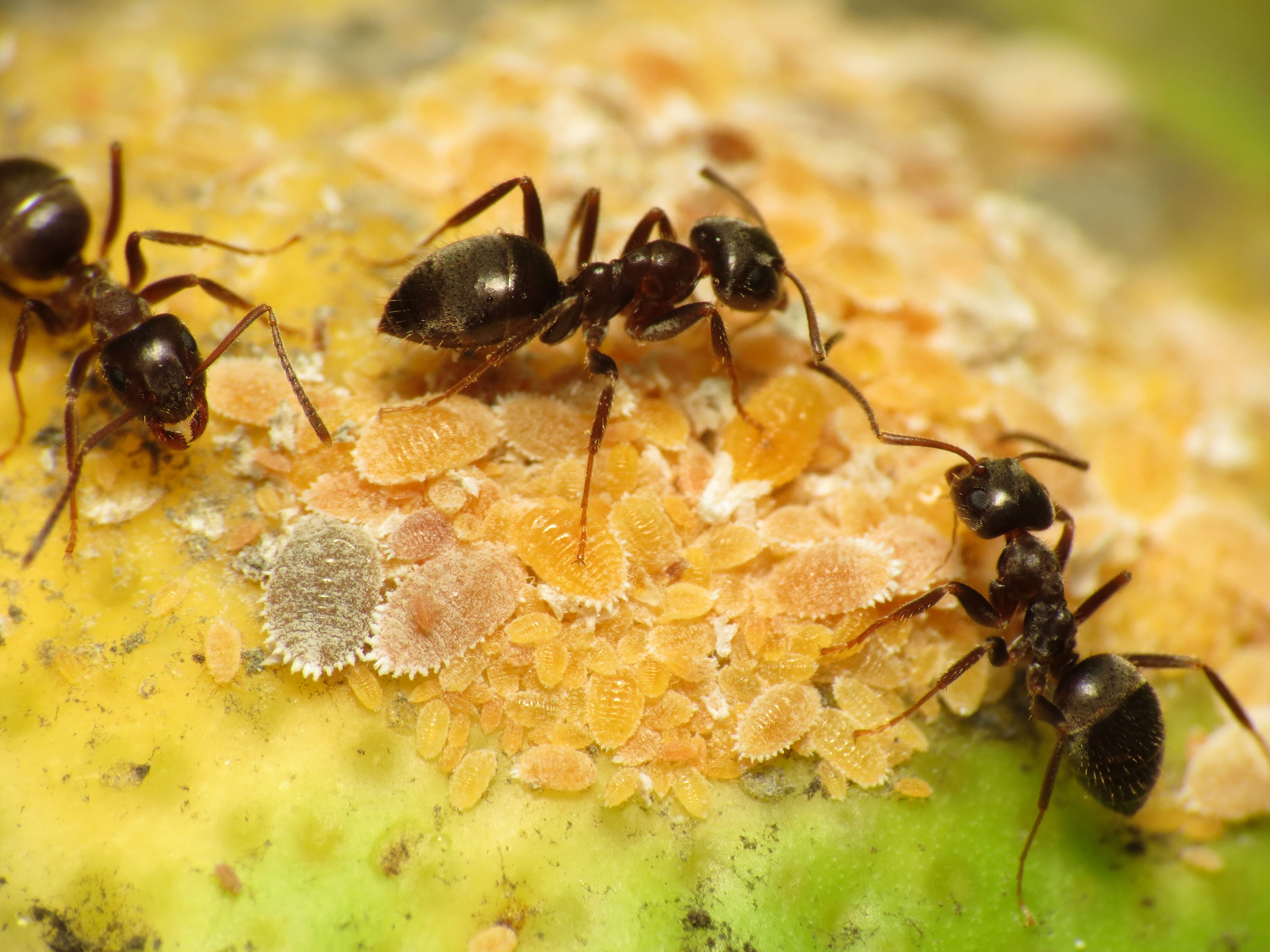
The Biggest Ant in the World
Ants are fascinating creatures with an incredible level of diversity. Among the thousands of ant species, one particular ant stands out from the rest due to its extraordinary size. We are going to uncover the intriguing facts about the biggest ant in the world.
Table of Contents
Understanding the Size
When it comes to size, the biggest ant in the world is appropriately named Dinoponera gigantea. This legendary ant hails from South America, specifically found in countries like Brazil and Paraguay. These giants are not your typical backyard scavengers; they can grow up to an impressive length of around 3 to 4 centimeters (1.2 to 1.6 inches), making them the true behemoths of the ant kingdom.
Physical Features
The massive size of the Dinoponera gigantea ant is only the beginning of its impressive features. Their queens possess a distinct appearance with a robust and elongated body structure, allowing them to lay eggs at an impressive rate. Despite their remarkable size, these ants have powerful jaws and sharp mandibles, enabling them to hunt and capture their prey effectively. Their coloration ranges from deep shades of black to a dark reddish tone, blending perfectly within their natural habitat.
Habitat and Behavior
The habitat of the biggest ant in the world predominantly includes moist rainforests and woodlands, where they create vast underground colonies. Each nest can house hundreds of individuals, with specialized ants assigned for various tasks such as foraging, defense, and taking care of the royal brood.
Although the Dinoponera gigantea is not typically aggressive towards humans, they can exhibit territorial behavior if their nest is disturbed. Their large size makes them one of the top predators within their ecosystem, preying upon smaller insects as their primary food source.
Interesting Facts
- The Dinoponera gigantea ant has a lifespan of around 9 to 12 months, with queens living slightly longer.
- As the largest ant species, they often intimidate other insects simply through their sheer size.
- When disturbed, these ants release a pungent odor to send warning signals to others, allowing them to defend themselves collectively.
- The size of these ants also helps them excavate underground tunnels quickly, expanding their colonies with ease.
Conservation Efforts
Despite their impressive nature, the Dinoponera gigantea ants are currently facing conservation concerns due to habitat destruction caused by deforestation and human activities. Preservation of their natural habitat and increasing awareness about their ecological importance are crucial steps to ensure the survival of this remarkable species.
Conclusion
The Dinoponera gigantea, the biggest ant in the world, showcases the wonders of nature’s diversity. From their remarkable size to their unique behavioral traits, these ants truly captivate the attention of experts and enthusiasts alike. While their preservation remains important, getting to know such extraordinary species allows us to appreciate the incredible complexity of our ecosystems.


